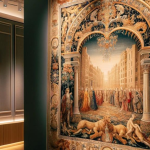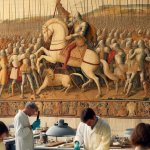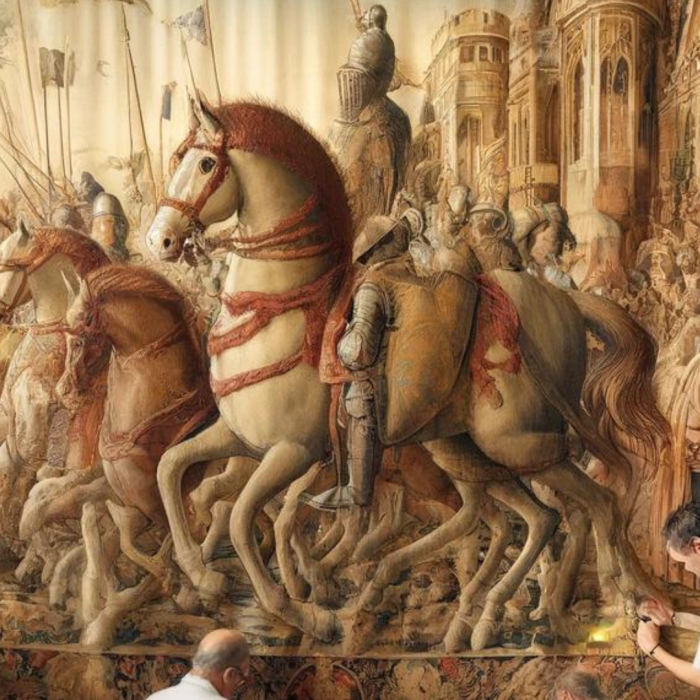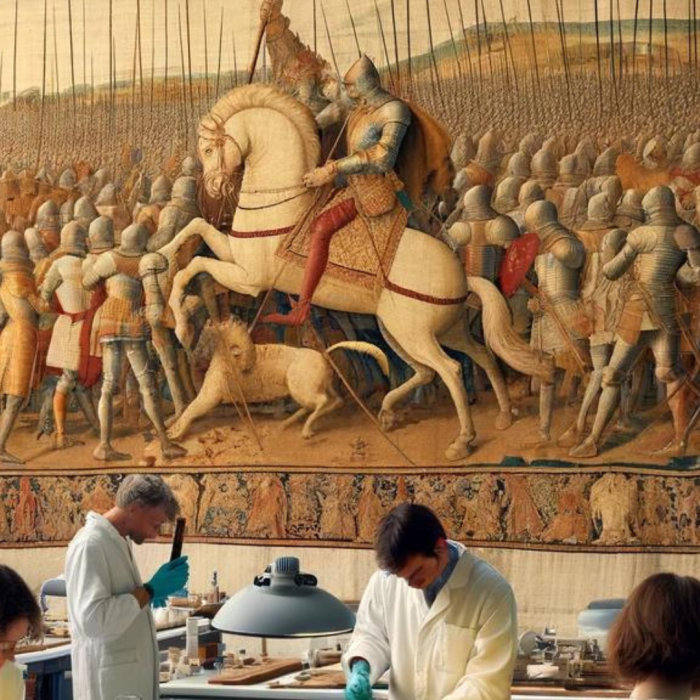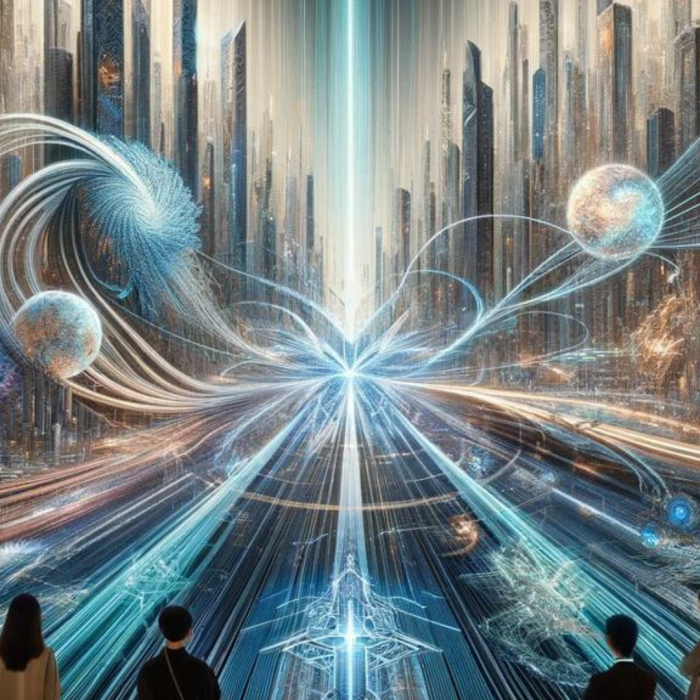The Future of Tapestry Art
Tapestry art, with its rich history and intricate craftsmanship, has been a revered form of artistic expression for centuries. Originating in ancient civilizations, tapestries were not only decorative but also served practical purposes such as insulation and storytelling. They adorned the walls of castles, churches, and homes, displaying intricate designs and vibrant colors that reflected the cultural and artistic trends of the time.
During the Middle Ages and the Renaissance, tapestry art flourished in Europe, with regions like Flanders and France becoming renowned for their skilled weavers and magnificent tapestries. These artworks often depicted religious scenes, historical events, or mythological stories, serving as visual narratives that conveyed messages of power, faith, and beauty.
The appeal of tapestry art lies in its unique combination of visual and tactile elements. The interplay of threads and colors creates a depth and texture that is distinct from other art forms. Additionally, the labor-intensive process of weaving a tapestry imbues each piece with a sense of timelessness and craftsmanship that is highly valued by collectors and art enthusiasts alike.
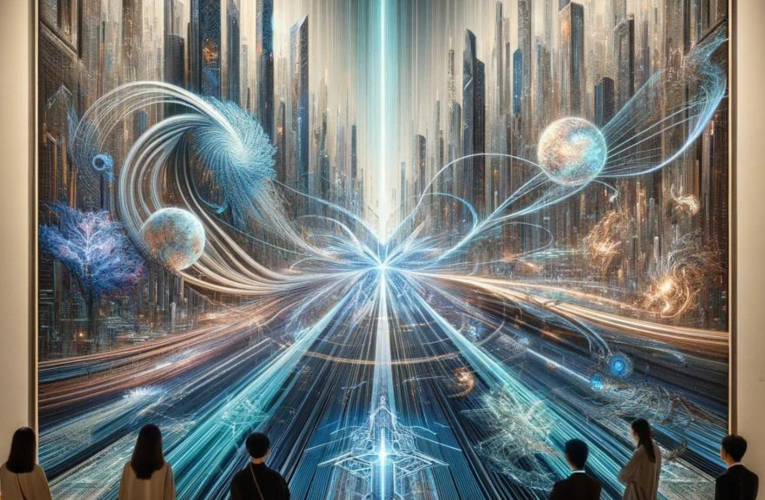
Transitioning to the Future of Tapestry Art
As we delve into the future of tapestry art, it’s essential to acknowledge the enduring legacy of this art form and its continued relevance in the modern world. While traditional techniques and motifs remain cherished, contemporary artists are pushing the boundaries of tapestry art, exploring new materials, themes, and technologies.
Tapestries have long been revered not just as decorative art forms but also as historical documents that weave together the threads of human civilization, culture, and craftsmanship. This section delves into the rich tapestry of history itself, exploring how these intricate works have served as symbols of wealth, power, and storytelling mediums through the ages.
The Evolution of Tapestry Art
A Look Back at Traditional Tapestry Techniques and Styles
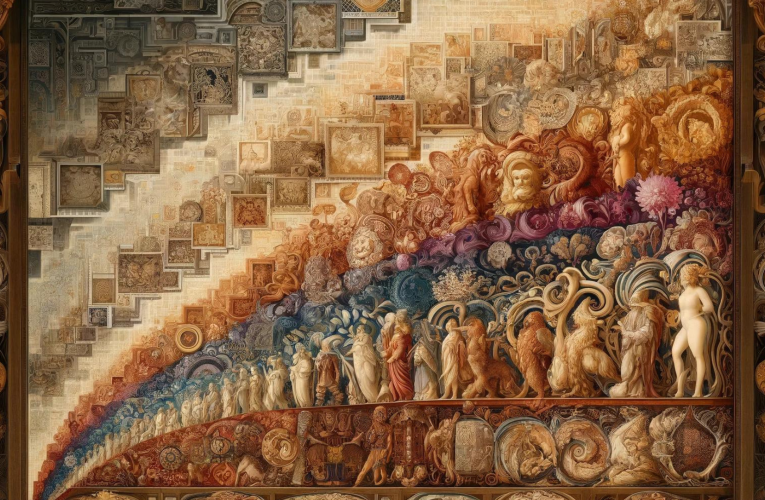
Tapestry art has a rich history that dates back to ancient civilizations. Initially used as a form of storytelling and decoration, tapestries were woven by hand on looms, with artisans meticulously creating intricate designs thread by thread. These traditional tapestries were often characterized by their detailed pictorial scenes, vibrant colors, and the use of high-quality materials like silk, wool, and gold threads.
In the Middle Ages, tapestry art flourished in Europe, with workshops producing large-scale works that depicted religious stories, historical events, and scenes from daily life. The Renaissance period saw a further refinement of tapestry techniques, with artists like Raphael and Michelangelo designing tapestries that were woven with stunning precision and artistic excellence.
How Contemporary Artists Are Redefining Tapestry Art
In recent years, contemporary artists have been pushing the boundaries of tapestry art, experimenting with new materials, techniques, and themes. Unlike the traditional focus on representational imagery, modern tapestries often embrace abstract designs, bold colors, and unconventional textures. Artists are incorporating materials such as recycled plastics, electronic components, and found objects into their tapestries, creating works that are not only visually striking but also carry a message about sustainability and consumerism.
Digital technology has also played a significant role in the evolution of tapestry art. Artists can now use computer-aided design (CAD) software to plan their tapestries, allowing for greater precision and complexity in their patterns. This fusion of traditional weaving techniques with modern technology has opened up new possibilities for tapestry art, making it more accessible and relevant to a wider audience.
Contemporary tapestry artists are also exploring the medium as a form of personal and political expression. Tapestries are being used to address issues such as identity, culture, and social justice, with artists weaving their own experiences and perspectives into their creations. This shift towards more conceptual and narrative-driven works has expanded the scope of tapestry art, establishing it as a powerful medium for storytelling and social commentary in the 21st century.
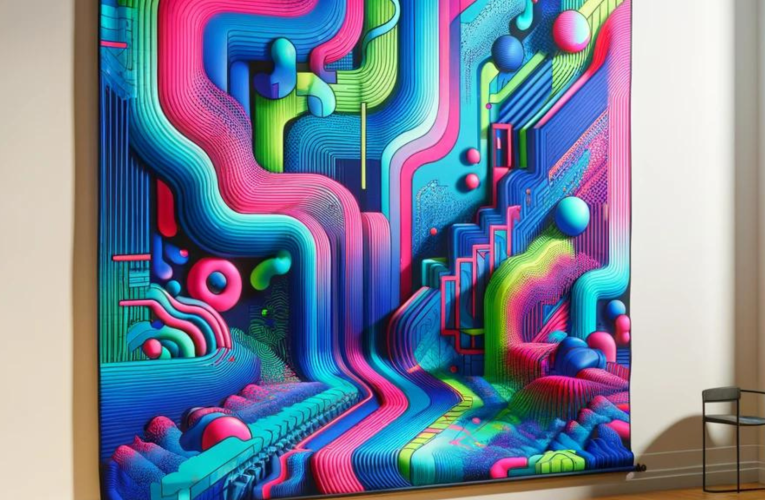
Technological Advances in Tapestry Art
The realm of tapestry art is not immune to the winds of technological change. In fact, the fusion of traditional weaving techniques with modern technology is paving the way for a new era in tapestry creation. Let’s delve into how digital design, fabrication techniques, and innovative technologies like 3D printing are revolutionizing the world of tapestry art.
The Impact of Digital Design and Fabrication Techniques on Tapestry Creation
Gone are the days when tapestry design was confined to sketches on paper. Today, digital design tools allow artists to experiment with intricate patterns, vibrant colors, and complex compositions with ease. Software like Adobe Illustrator and Photoshop have become invaluable in the tapestry artist’s toolkit, enabling the creation of detailed digital mockups that can be adjusted and perfected before a single thread is woven.
Moreover, digital fabrication techniques are transforming the way tapestries are produced. Computer-controlled looms, for instance, can interpret digital designs and automate the weaving process, allowing for precision and consistency that was previously unattainable. This synergy of digital design and automated weaving not only speeds up the production process but also opens up new possibilities for intricate patterns and textures that were once beyond the reach of traditional handweaving techniques.
The Role of 3D Printing and Other Innovative Technologies in Tapestry Art
The advent of 3D printing technology has further expanded the horizons of tapestry art. Artists are now able to create three-dimensional tapestry structures that defy the conventional flatness of woven textiles. By combining 3D printed elements with traditional weaving, tapestries can now exhibit depth, relief, and sculptural qualities, adding a whole new dimension to tapestry art.
Other innovative technologies, such as laser cutting and digital embroidery, are also making their mark on tapestry art. Laser cutting allows for precise and intricate cut-outs in woven fabrics, creating patterns and textures that are both visually striking and tactile. Digital embroidery, on the other hand, enables the addition of embroidered details to tapestries with a level of precision and complexity that would be challenging to achieve by hand.
The integration of technology into tapestry art is not just a trend; it’s a revolution that is reshaping the future of this ancient craft. As digital design, fabrication techniques, and innovative technologies continue to evolve, so too will the possibilities for tapestry art. The future of tapestry art is bright, and it’s woven with threads of innovation and technology.
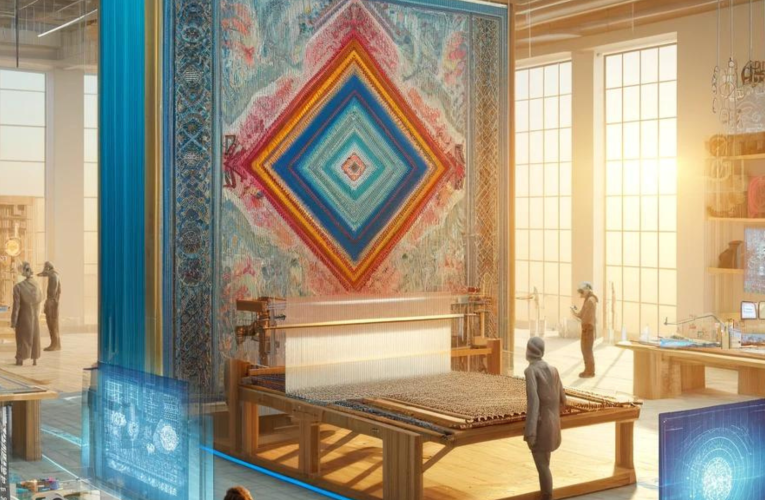
The Role of Tapestry Art in Modern Interior Design
Tapestry art, with its rich history and intricate designs, has found a prominent place in modern interior design. This resurgence is not just a nod to tradition but a testament to the versatility and adaptability of tapestries in contemporary settings.
Tapestries as a Popular Element in Contemporary Interior Design Trends
In recent years, tapestry art has emerged as a popular element in contemporary interior design trends. The appeal lies in its ability to add warmth, texture, and color to a space. Tapestries can serve as a focal point in a room, drawing the eye with their intricate patterns and vibrant hues. They are often used to create a statement wall, adding depth and dimension to otherwise flat surfaces.
The versatility of tapestry art extends to its placement and presentation. Tapestries can be hung traditionally on walls, draped over furniture, or even used as a creative alternative to headboards in bedrooms. They offer a unique way to personalize a space, reflecting the owner’s style and taste.
The Fusion of Traditional and Modern Styles in Tapestry Art for Interior Décor
One of the most exciting aspects of tapestry art in modern interior design is the fusion of traditional and modern styles. Contemporary artists are reimagining tapestry designs, blending classic motifs with modern aesthetics. This fusion results in tapestries that are both timeless and trendy, appealing to a wide range of tastes.
For instance, a tapestry that combines traditional floral patterns with bold geometric shapes can bridge the gap between classic and contemporary styles. Similarly, the use of digital printing and innovative weaving techniques allows for the creation of tapestries with intricate details and vibrant colors that resonate with modern sensibilities.
The integration of tapestry art in modern interior design also reflects a broader trend towards sustainability and mindfulness. Tapestries, often made from natural fibers, align with the growing preference for eco-friendly and artisanal home decor items. They offer a way to bring a touch of nature and authenticity into our living spaces, creating a serene and inviting atmosphere.
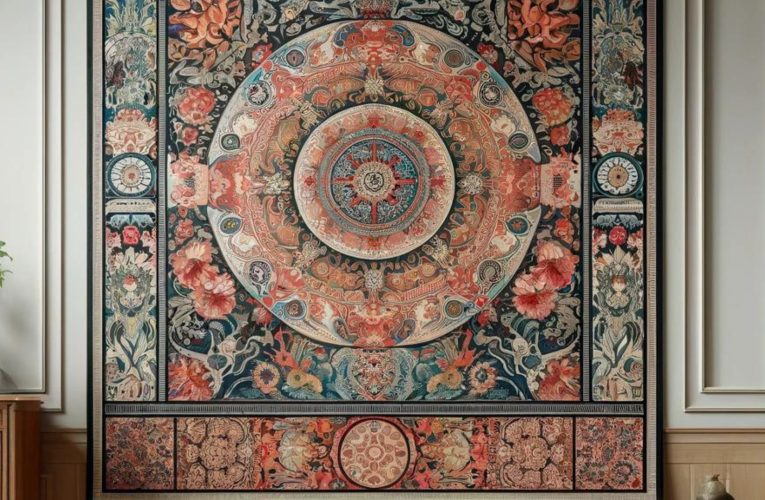
Tapestry Art as a Medium for Social and Environmental Commentary
Tapestry art has long been a medium for storytelling, often depicting scenes of historical events, myths, and allegories. In recent years, however, artists have increasingly turned to tapestry art as a means to address contemporary social, political, and environmental issues. This shift has brought a new dimension to the art form, enabling it to serve as a powerful tool for commentary and change.
How Artists Are Using Tapestry Art to Address Social, Political, and Environmental Issues
Contemporary tapestry artists are weaving narratives that reflect the pressing concerns of our times. Through their work, they are exploring themes such as climate change, human rights, gender equality, and social justice. By incorporating symbols, text, and imagery that resonate with these issues, tapestry art becomes a canvas for conveying powerful messages and provoking thought and discussion.
The tactile nature of tapestry art, with its intricate textures and depth, adds a physical dimension to the expression of these themes. It invites viewers to engage with the artwork on a sensory level, enhancing the impact of the message being conveyed. Moreover, the labor-intensive process of creating a tapestry itself can be seen as a metaphor for the dedication and perseverance required to address and overcome societal challenges.
Examples of Tapestry Art That Have Made a Significant Impact on Public Awareness
One notable example is the work of artist Judy Chicago, whose tapestry “The Fall” addresses the consequences of environmental degradation. Through a vivid depiction of a world in peril, Chicago’s tapestry art brings to light the urgent need for environmental conservation and sustainable living.
Another impactful piece is “The Refugee” by textile artist Risham Syed. This tapestry portrays the plight of refugees, using traditional motifs and modern imagery to highlight the human cost of conflict and displacement.
In South Africa, the Keiskamma Art Project has produced a series of tapestries that narrate the history of the Eastern Cape, including the impact of HIV/AIDS on the community. These tapestries serve as both a memorial and a tool for education and awareness.
These examples illustrate how tapestry art is being used as a dynamic medium to engage with and reflect upon the world around us. By weaving together threads of creativity, activism, and social consciousness, artists are ensuring that tapestry art remains a relevant and impactful form of expression in the 21st century.
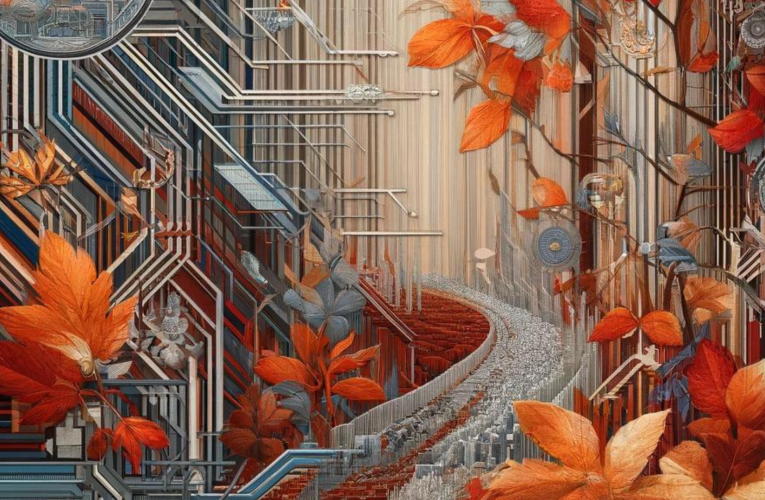
The Globalization of Tapestry Art
The world of tapestry art is no longer confined to the boundaries of traditional weaving cultures. In the era of globalization, tapestry art has embraced a fusion of styles, techniques, and themes, leading to a rich tapestry of cultural expression that transcends geographical borders.
The Influence of Cultural Exchange on Tapestry Styles and Themes
Cultural exchange has played a pivotal role in the evolution of tapestry art. Artists from different parts of the world have been inspired by each other’s traditions, leading to a blend of motifs, patterns, and storytelling techniques. This cross-cultural pollination has given rise to tapestries that are not only visually stunning but also carry a universal appeal, resonating with audiences from diverse backgrounds.
For example, a tapestry artist in Europe might incorporate elements of Indigenous Australian art, while an Asian weaver might experiment with African motifs. This global dialogue enriches the tapestry art form, making it a vibrant and dynamic medium for artistic expression.
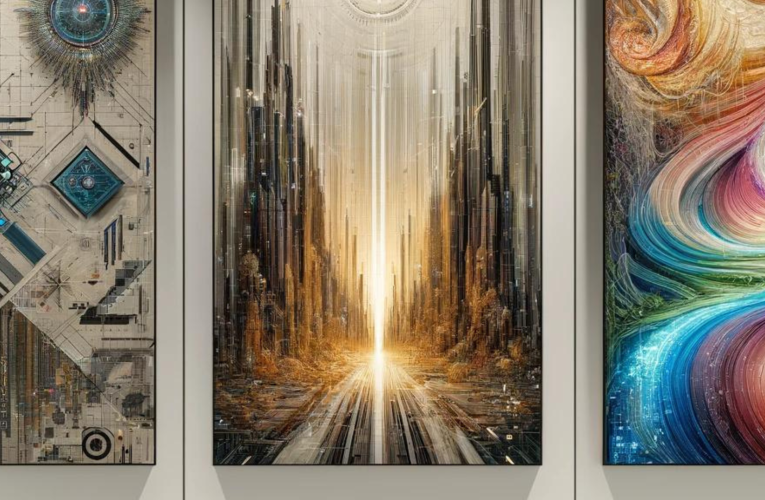
The Growing International Market for Tapestry Art and Its Impact on Artists and Collectors
The globalization of tapestry art has also opened up new opportunities for artists and collectors. With the rise of online platforms and international art fairs, tapestries are now more accessible to a global audience. This increased visibility has led to a growing market for tapestry art, with collectors and enthusiasts eager to acquire unique pieces from around the world.
For artists, this international exposure provides a platform to showcase their work to a wider audience, potentially leading to greater recognition and financial success. It also encourages artistic innovation, as artists strive to create pieces that stand out in the global market.
Collectors, on the other hand, benefit from the diversity of tapestry art available. They can now explore and acquire tapestries from different cultural backgrounds, adding depth and variety to their collections.
The globalization of tapestry art has been a driving force in its evolution, fostering cultural exchange and expanding the market for these beautiful works of art. As we look to the future, it is clear that tapestry art will continue to be a vibrant and meaningful medium, enriched by the diverse influences of our interconnected world.
Preserving the Heritage and Future of Tapestry Art
Tapestry art, with its rich history and intricate beauty, is a timeless craft that continues to captivate audiences around the world. As we look to the future, it is crucial to ensure that the skills and knowledge required to create these stunning works are preserved and passed down to future generations.
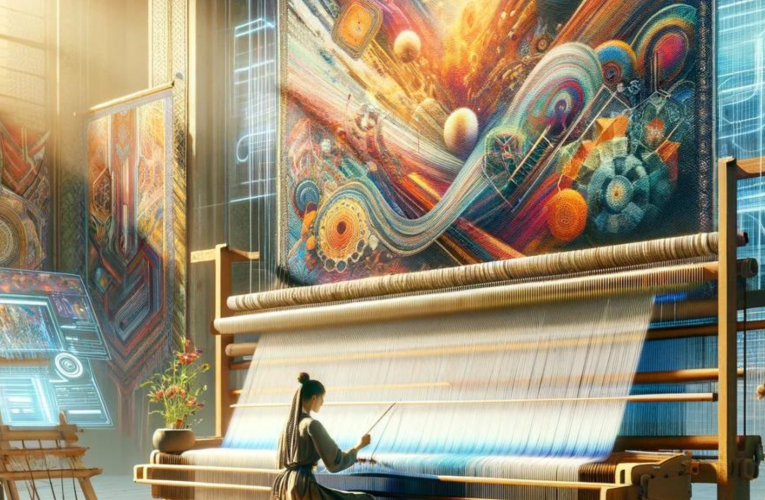
The Importance of Education and Apprenticeships
One of the key factors in ensuring the continuity of tapestry art skills is education. Art schools and universities that offer courses in textile arts play a vital role in teaching the technical skills and artistic concepts necessary for tapestry creation. These institutions provide a foundation for aspiring artists to learn and hone their craft under the guidance of experienced professionals.
Apprenticeships are another important aspect of preserving tapestry art skills. By working closely with master weavers, apprentices gain hands-on experience and learn the nuances of the craft that can only be passed down through direct mentorship. This traditional method of learning helps to maintain the high standards of craftsmanship and artistic integrity that tapestry art demands.
The Role of Museums, Galleries, and Online Platforms
Museums and galleries play a crucial role in promoting and preserving tapestry art. By curating exhibitions that showcase both historical and contemporary tapestries, these institutions provide a platform for the public to appreciate the beauty and complexity of this art form. They also offer educational programs and workshops that encourage engagement and understanding of the techniques and themes present in tapestry art.
In the digital age, online platforms have become increasingly important in the promotion and preservation of tapestry art. Websites, social media, and virtual galleries offer artists a global audience and provide enthusiasts with access to a vast array of tapestry artworks. Online archives and databases also serve as valuable resources for researchers, students, and collectors, ensuring that the knowledge and appreciation of tapestry art continue to thrive.

